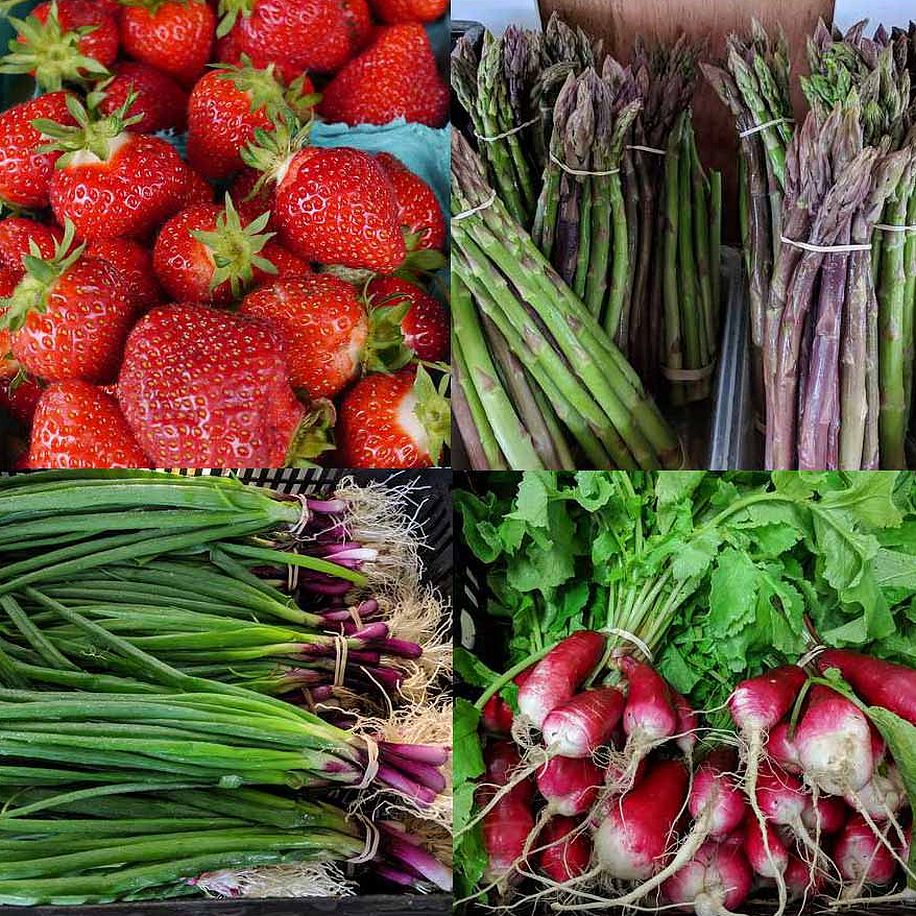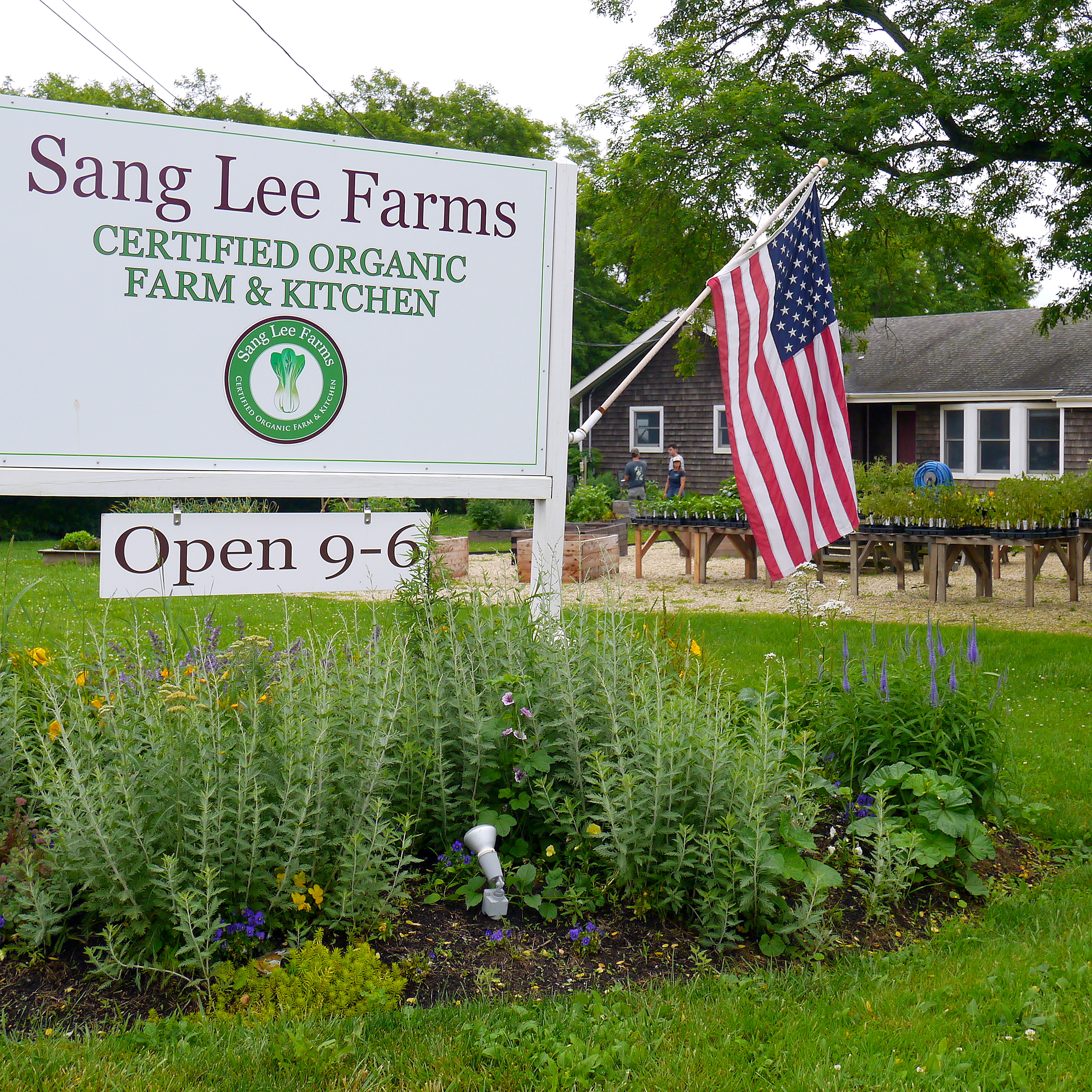
We recently sailed the Cross Sound Ferry (longislandferry.com) from New London, Connecticut, to Orient Point on the North Fork of New York’s Long Island to sip and nibble our way through an agricultural region we don’t visit often enough. If you look at a map, you’ll see that the landmass logically belongs with southern New England instead of New York. It’s all part of the glacial moraine—the deposit of sand and gravel that marks the southern extent of the last glaciers about 15,000 years ago.
 A lot of silt has settled over that gritty base, and the warm currents of Long Island Sound help make the North Fork into prime farm country just 80 miles east of Manhattan. In 1988, the area was designated as an American Viticultural Area (AVA) and the wine scene has exploded ever since. We’ll be writing about some of those superb little wineries in coming posts.
A lot of silt has settled over that gritty base, and the warm currents of Long Island Sound help make the North Fork into prime farm country just 80 miles east of Manhattan. In 1988, the area was designated as an American Viticultural Area (AVA) and the wine scene has exploded ever since. We’ll be writing about some of those superb little wineries in coming posts.
But before there were grapevines, North Fork farmers grew potatoes and turf. On the side, many of them also grew truck garden crops for local distribution. A few are still holding on, selling their bounty at roadside stands. After a cold, wet spring in the Northeast, we were bowled over by the early season abundance. We were pining for local strawberries, as the eastern Massachusetts farms were still a week from harvest. So our first stop was Schmitt’s Family Farm (schmittfamilyfarm.com) in Riverhead, where we treated ourselves to a big box of candy-sweet, richly aromatic berries that became breakfast for the next few days.
Growing green at Sang Lee
 Probably the most impressive farmstand operation on the North Fork, though, is Sang Lee Farms (sangleefarms.com). Certified as organic since 2007, the operation was named “2019 Farmers of the Year” by the Northeast Organic Farming Association (NOFA) of New York. Since it was early in the season, the farmstand was strong on roots and greens, including bok choy and gai lon (Chinese broccoli).
Probably the most impressive farmstand operation on the North Fork, though, is Sang Lee Farms (sangleefarms.com). Certified as organic since 2007, the operation was named “2019 Farmers of the Year” by the Northeast Organic Farming Association (NOFA) of New York. Since it was early in the season, the farmstand was strong on roots and greens, including bok choy and gai lon (Chinese broccoli).
We hit the perfect nexus of the last asparagus (sweet and purple, by and large) and the first strawberries. One of the things we like about Sang Lee is that nothing goes to waste. All the vegetable trimmings go into compost. And the orphan food—a twisted sweet potato, an oddly gnarled beet, a strangely twist sweet potato—end up in a “help yourself” bonus bin for customers who brought their own bags. We couldn’t resist the core of a Boston lettuce head and a long, thin sweet potato.
“Slice that tuber in thin medallions and fry them up with butter. You won’t believe how good it tastes,” a farmstand worker advised.
At the end of our trip, we stopped just short of the ferry terminal at Latham Farms to load up on strawberries. We were also tempted by the oysters harvested from flats just behind the stand. There’s something magical about a place where you pick strawberries and haul oysters just yards apart.
